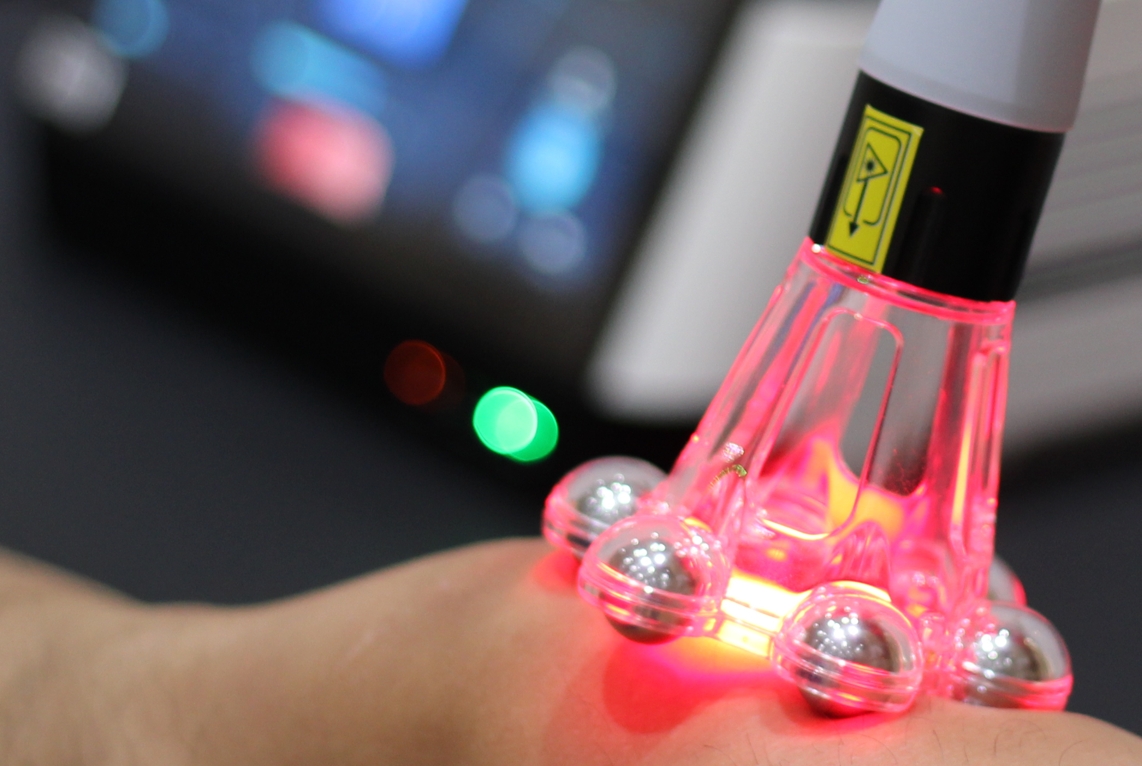Laser Therapy vs. Traditional Methods in Wound Healing
Timely and effective wound healing is crucial for overall health. With the advancement of medical technology, laser therapy has emerged as a novel treatment method for promoting wound healing. What advantages does laser therapy offer compared to traditional wound management methods?
I. Differences in Treatment Principles
Traditional wound management often involves passive methods such as physical debridement and antibiotic administration to prevent infections. Laser therapy, on the other hand, utilizes the biological stimulation of lasers to enhance cellular metabolism, improve microcirculation, and stimulate the secretion of growth factors, thus accelerating wound healing.
II. Differences in Treatment Effects
Due to differences in treatment principles, there are noticeable distinctions in the effectiveness of promoting wound healing between the two methods:
- Laser therapy can directly target the wound site, rapidly stimulating tissue regeneration, yielding significant results. Traditional methods indirectly promote wound healing, resulting in relatively slower outcomes.
- Laser therapy can significantly reduce scar formation, while wounds treated with traditional methods are more likely to leave visible scars.
- Laser therapy can alleviate wound pain and effectively prevent cross-infections, an effect that traditional treatments often cannot achieve.
- Wounds treated with laser therapy are less prone to recurrence, whereas traditional methods may lead to recurrent infections and delayed healing.
III. Advantages of Laser Therapy
In summary, laser therapy, as an emerging non-invasive treatment, offers several key advantages compared to traditional wound management methods:
- Scientific treatment principles that directly promote tissue repair and regeneration.
- Significant treatment efficacy, promoting rapid wound healing.
- Reduced scar formation, preventing noticeable scars.
- Effective control of infections, preventing cross-infections.
- Simplicity of operation and ease of use.
- Painless treatment, easily accepted by patients.
- Fewer treatment sessions required, eliminating the need for long-term therapy.
- Applicability to a wide range of skin or tissue injuries.
- Potential for combination with other treatment methods to enhance effectiveness.
- Minimal or no drug-related side effects.
With ongoing technological development and expanding applications, laser therapy is poised to play a greater role as an important method for promoting wound healing.
